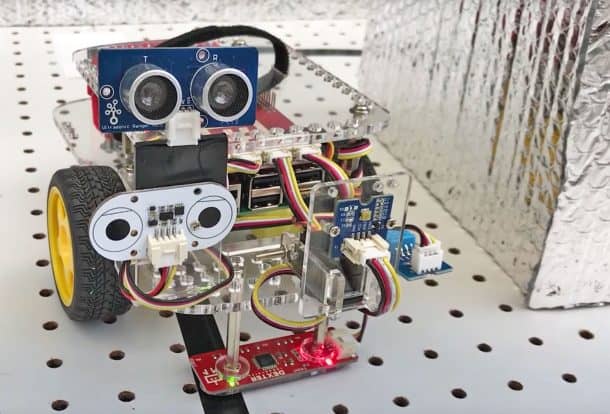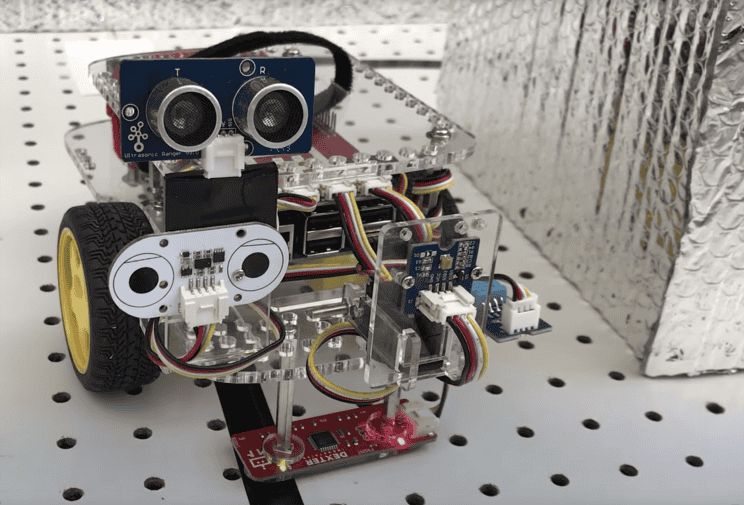The tiny robot called HoneyBot, created by researchers at the Georgia Institute of Technology has a mission, to keep its fellow robots safe from hackers. It can fit inside an average shoebox but it is capable to handle the safety of other robots efficiently. The engineers who designed the HoneyBot, intend to lure in the hackers who want to cause issues for industrial facilities. Since more and more robots are connecting online, the fear and chance that these robots can be hacked are increasing.
Professor Raheem Beyah, Motorola Foundation Professor, said that these types of attacks are more potent now than they were in the previous decades. This is basically due to the growing interconnectivity between robots and information systems. Beyah and Steve W. Chaddick School Chair in Georgia Tech’s School of Electrical and Computer Engineering said, “Robots do more now than they ever have, and some companies are moving forward with, not just the assembly line robots, but free-standing robots that can actually drive around factory floors. In that type of setting, you can imagine how dangerous this could be if a hacker gains access to those machines. At a minimum, they could cause harm to whatever products are being produced. If it’s a large enough robot, it could destroy parts or the assembly line. In a worst-case scenario, it could injure or cause death to the humans in the vicinity.”
Similar to Honeypots, which counter the cyber attacks, HoneyBot robot gathers information about a hacker and sends it to the affected companies. Celine Irvene, a Georgia Tech graduate student who worked on HoneyBot as well, said, “A lot of cyber attacks go unanswered or unpunished because there’s this level of anonymity afforded to malicious actors on the internet, and it’s hard for companies to say who is responsible. Honeypots give security professionals the ability to study the attackers, determine what methods they are using, and figure out where they are or potentially even who they are.”

The HoneyBot can be controlled using the internet. The HoneyBot tricks the hackers that it is performing some particular action while it is gathering data and doing something different. Beyah said the trick to make HoneyBot successful is to never let the hacker go suspicious on its activity. Beyah said, “The idea behind a honeypot is that you don’t want the attackers to know they’re in a honeypot. If the attacker is smart and is looking out for the potential of a honeypot, maybe they’d look at different sensors on the robot, like an accelerometer or speedometer, to verify the robot is doing what it had been instructed. That’s where we would be spoofing that information as well. The hacker would see from looking at the sensors that acceleration occurred from point A to point B.”
The researchers are hoping that the HoneyBot can sit in a corner and jump into action as soon as a hacker accesses the system. The HoneyBot will also serve as a physical signal that a hacker has entered the robot’s facility. However, the HoneyBot will not do anything dangerous in the real world. The team tested HoneyBot in December 2017. Volunteers made use of a visual interface to control the HoneyBot but they were unable to see what the robot was doing. The team also encouraged the volunteers to hack into the game. Beyah said, “We wanted to make sure they felt that this robot was doing this real thing. This is a good sign because it indicates that we’re on the right track.” In the end, those who hacked the system and those who just operated the robot were unable to tell that they were fed with the wrong data. Both the groups said that whatever they were fed on was believable.
All the best for the HoneyBot!


